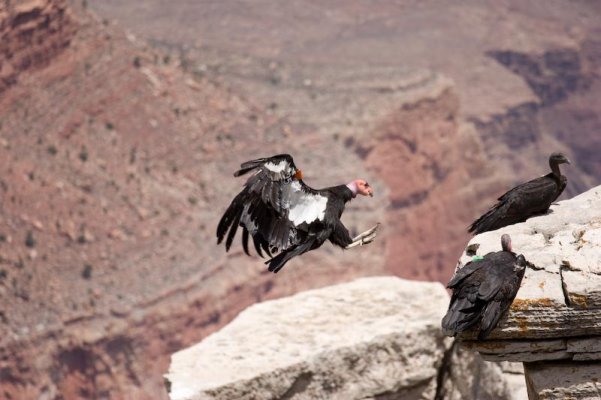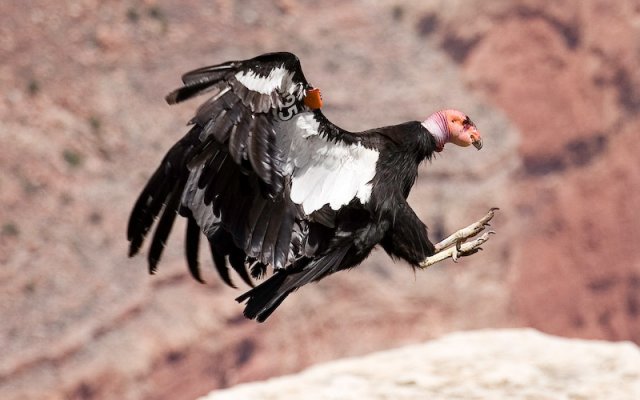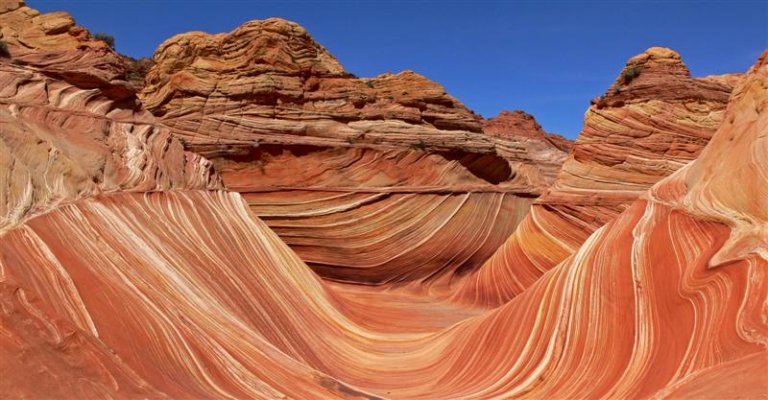rhmahoney said:
He found that 5 megapixels is "good enuf".
My Olympus 2500L at the time of purchase had 2.5mp res. It was the highest res non-pro camera on the market. I have used it for a number of years before purchase of a Canon Rebel XT with a much higher res. My largest prints with the Oly were 8x10's. The pics I sold were well received and the need for higher res was really not an issue. I "do" disagree with the premise of the article tho. Well, "good enuf" for him, maybe -- but not for me.
When I began semi-professionally shooting back in the 70's, I initially used a 35mm Minolta than a Nikon F2. I quickly learned that to get super sharp portfolio size pics -- I needed larger format film, and went to medium format photography. I also shot with a 4x5" view camera. Ansel Adams' best shot ever was done with an 8x10" view camera. Film has grain, digitals have pixels. Pretty much the same thing -- in that that is what makes up the image we ultimately see. If an image is painted on a balloon -- the larger we blow up the balloon, the more the image falls apart. Same with film or digital prints. The more pixels to begin with, the better the image as it gets larger.
Looking at the print in question that was examined. Suppose I want to crop so as do an 11x14 of just the baby's head. I no longer have 5mp -- more like .5. If I use the digital Zoom of a camera, that is exactly what is happening. I believe that was discussed in an earlier thread. So tho a good rule is to always try to fill the VF with what one wants as a final image -- cropping and digital zoom cropping is a reality of photography. And the more pixels available, the more pixels wind up compressed into the cropped image. If you were to take a pic at max digital zoom on your FZ30 -- then blow that image up to a 16x20 as in the article, you would no longer have 500mp -- and would be looking a pretty grainy pic.
Another factor is the ability of the printer used in the test (don't believe it was mentioned). If the maximum dpi of the printer is reached -- the image will look the same regardless of the pixel strength of the image file. The nature of the image is also important. At a pro shop in Sacramento, I witnessed two pros comparing prints done with an 8mp Nikon and a scanned 35mm print of the same subject. A scanned 35 will have a much higher res than most any digital. Anyway, it was hard to tell the difference until you looked at detail such as the eyes of the snakes that were used in the test. The higher res images were sharp down to the finest detail. The prints were 16x20's.



